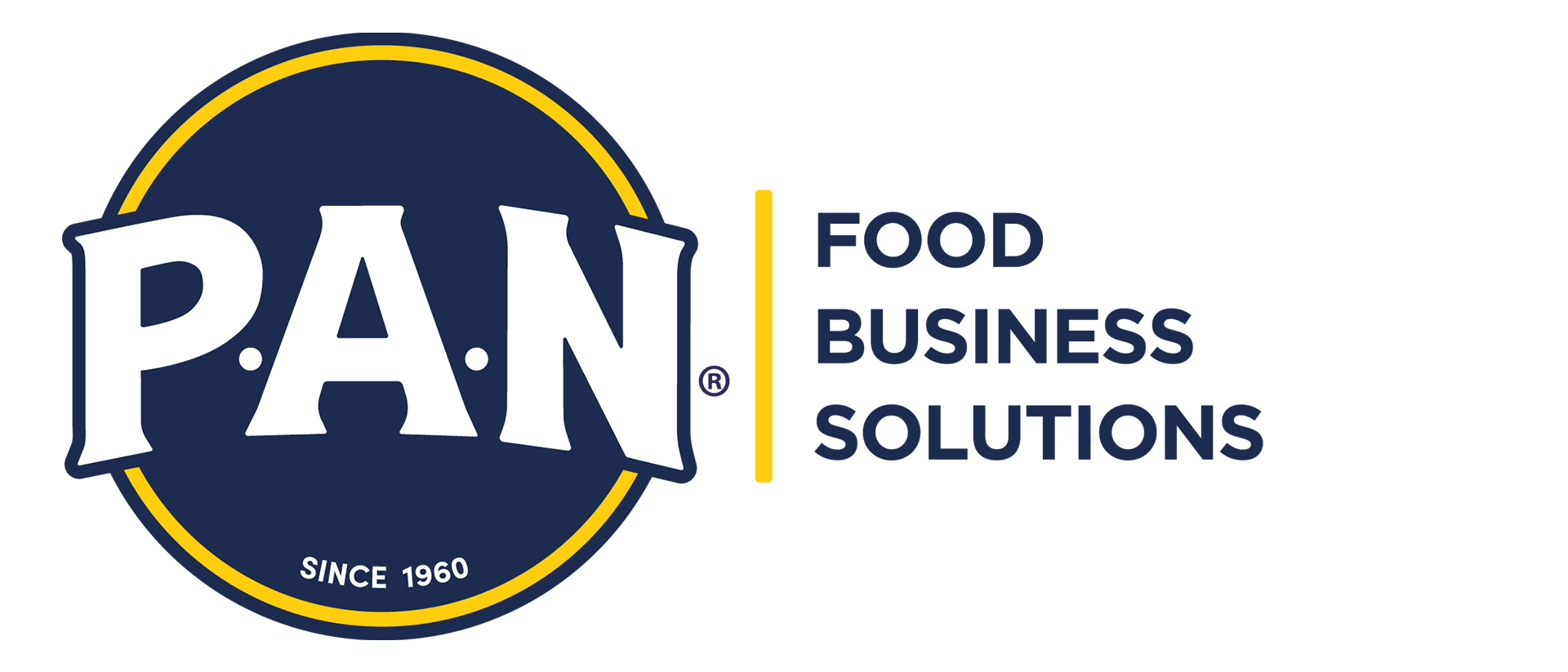Did you know that one of the keys to the success of a restaurant is to know your competitors? This allows you to offer the customer a value proposition that allows you to position yourself, gives a vision of the market, and is useful to detect your strengths and weaknesses in order to propose an effective strategy.
Generally speaking, there are two types of competition: direct and indirect. The former are those establishments that possibly have the same ideal customer and offer products that are the same or similar to yours. The latter presents different products; however, it attracts customers with qualities such as prices, services or quality that satisfy their needs.
How to differentiate from them? We have some recommendations to help you recognize your competitors and stand out:
Identify your competition

Taking time to study who your competitors are is of utmost importance; it will allow you to know if they share the same target audience, dishes, ingredients used, portion sizes, prices, or services. Then, with this information you can create a marketing strategy and overcome weaknesses. Next, we will give you a list of attributes that are convenient to analyze:
- Location: we suggest you to study the establishments around you. It is essential to distinguish which ones represent direct or indirect competition, in order to develop a plan in favor of the goals you want to achieve.

- Offer: knowing the menu, special offers, services, or some differentiating element is essential, because by taking it into account you will find useful ideas for your business. Ask yourself: what do other restaurants offer and how can I make a difference?
- Value for money: people tend to return to places where they have had a pleasant experience. At this point you can make a comparative analysis that allows you to observe if the offer of other establishments is as good as yours, in which case, what actions to implement to avoid the effect of such offers.
Elaborate the marketing strategy

To create a value proposition that makes you stand out, you must be clear about your restaurant’s mission, vision and target audience, as well as its competitors. Also identify the advantages or possible mistakes you have as a brand.
It is important to draw a roadmap and use available resources to achieve it in the most efficient way. These goals must be SMART (i.e., specific, measurable, attainable, realistic, time-bound).
At the same time, it is appropriate to take into account aspects such as the menu, packaging, establishment or means of distribution of orders, as well as the price of your dishes; as well as the methods you will use to promote your food business, for example: you could rely on social media and create original content to differentiate yourself.
Develop alliances

Developing alliances with suppliers, financial entities and other companies can bring benefits such as obtaining quality raw materials, capital, increased sales, new customers, as well as the expansion of products or services to a new geographical area, which in turn is beneficial to achieve greater recognition of your business in the market.
Keeping you up to date

Running a food business goes beyond preparing amazing dishes, it is also necessary to be up to date with new techniques and trends that improve the quality of your services. This includes staff training, investment in social media and in the premises. Providing optimal customer service in every way is rewarded with loyalty, and also represents the possibility of increasing revenue.
Entrepreneurship in the food world implies understanding that, in the face of so many options presented to the customer, you must find ways to stand out. Knowing in detail who your competition and target audience are will help you set a path you can follow to innovate, gain new customers, be a reference in the sector and achieve your goals.
